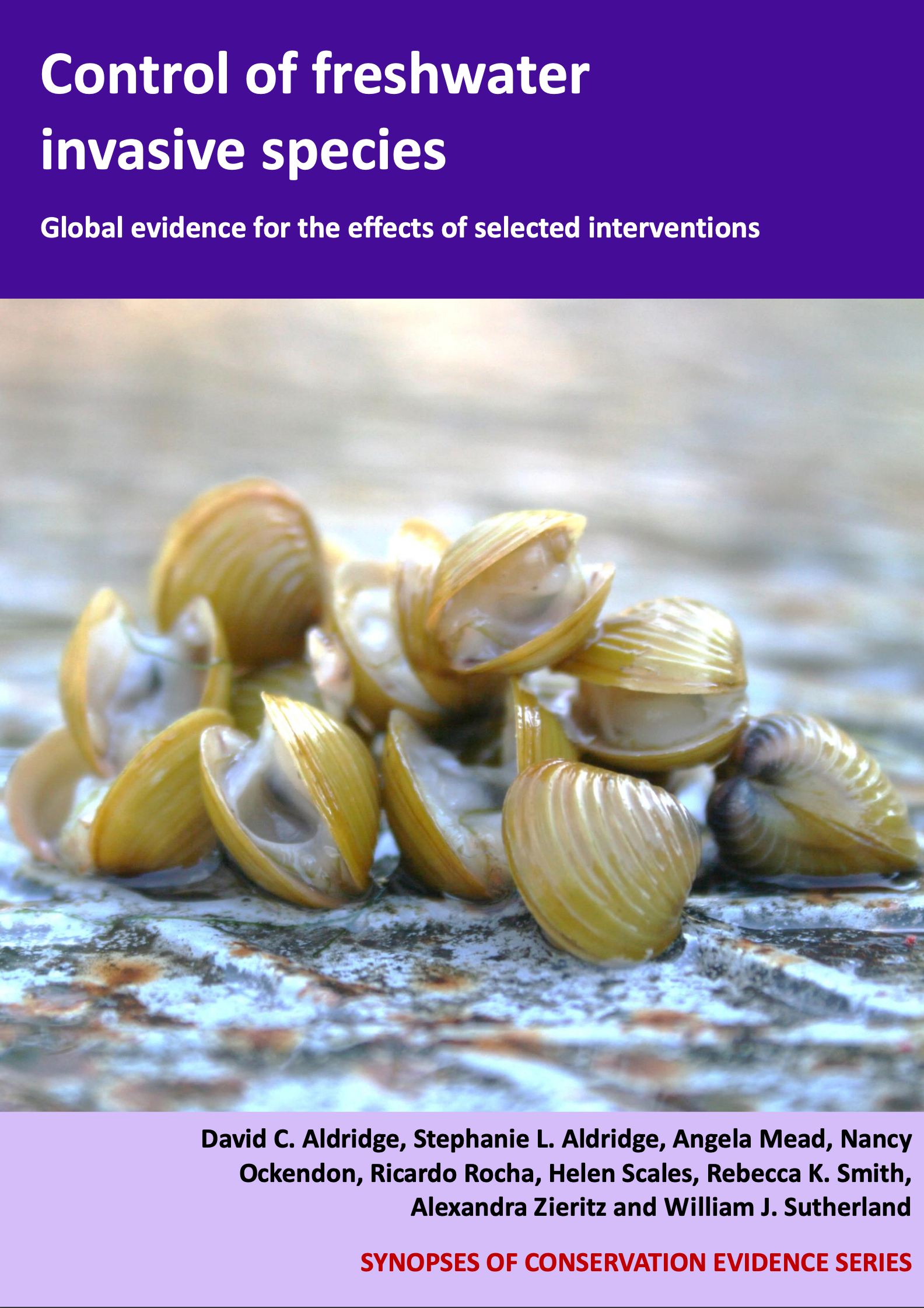Floating pennywort: Use of hydrogen peroxide
-
Overall effectiveness category Unlikely to be beneficial
-
Number of studies: 1
View assessment score
Hide assessment score
How is the evidence assessed?
-
Effectiveness
10% -
Certainty
60% -
Harms
not assessed
Study locations
Supporting evidence from individual studies
A controlled, replicated experiment in 2010 in greenhouses at Plant Research International in Wageningen, The Netherlands (Joost van der Burg 2010) found that hydrogen peroxide sprayed on potted floating pennywort Hydrocotyle ranunculoides plants resulted in curling and transparency of the leaves when applied at the highest tested concentration (30%), but this was still not sufficient to kill the plant. Leaf transparency and curling was visible after three hours. A 10% concentration also had clear effect but killed few of the leaves, with about half of the leaf surfaces affected. Lower concentrations had little effect. Stolones and shoot tips, though all above ground, were not affected in any treatment. The roots were immersed in the mud and not affected either. The higher concentrations (10% and 30%) were reported to be hazardous to people who carry out the spraying. Test plants were newly grown cuttings 22 days old. Five treatments were chosen: 0, 0.3, 3, 10 and 30% hydrogen peroxide in water with four replications.
Study and other actions tested
Where has this evidence come from?
List of journals searched by synopsis
All the journals searched for all synopses
This Action forms part of the Action Synopsis:
Control of Freshwater Invasive Species
Control of Freshwater Invasive Species - Published 2017
Control of Freshwater Invasive Species Synopsis





)_2023.JPG)














